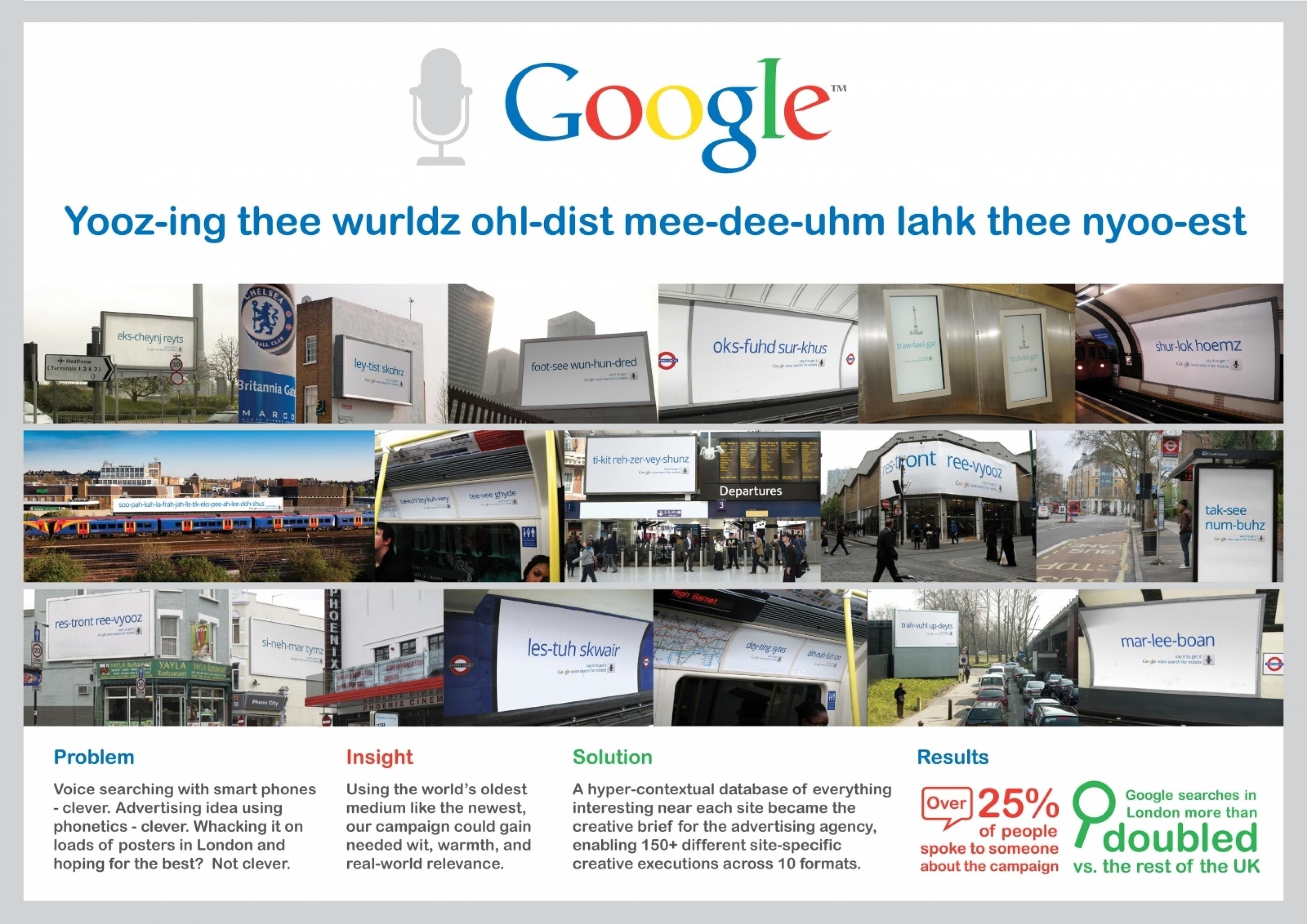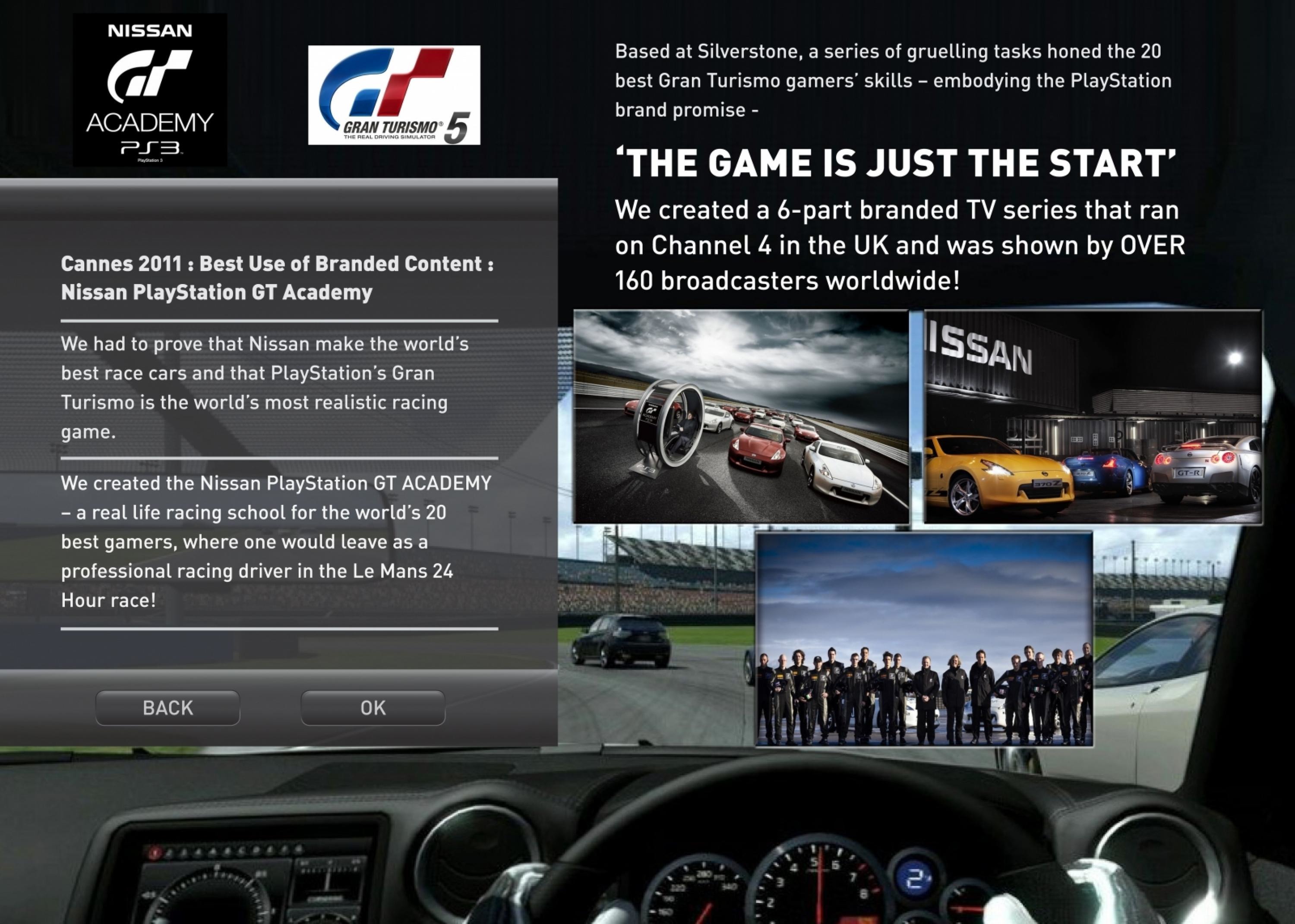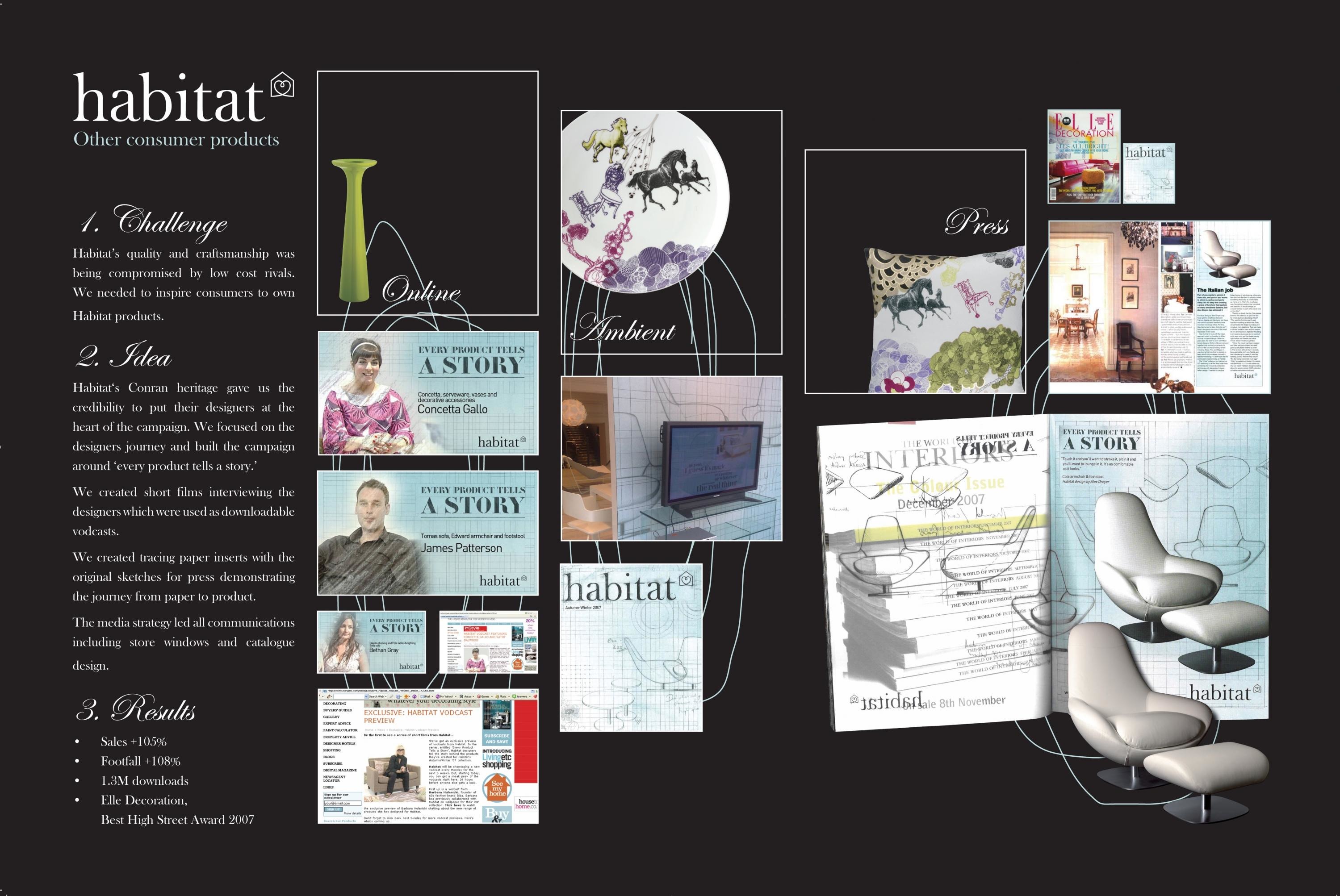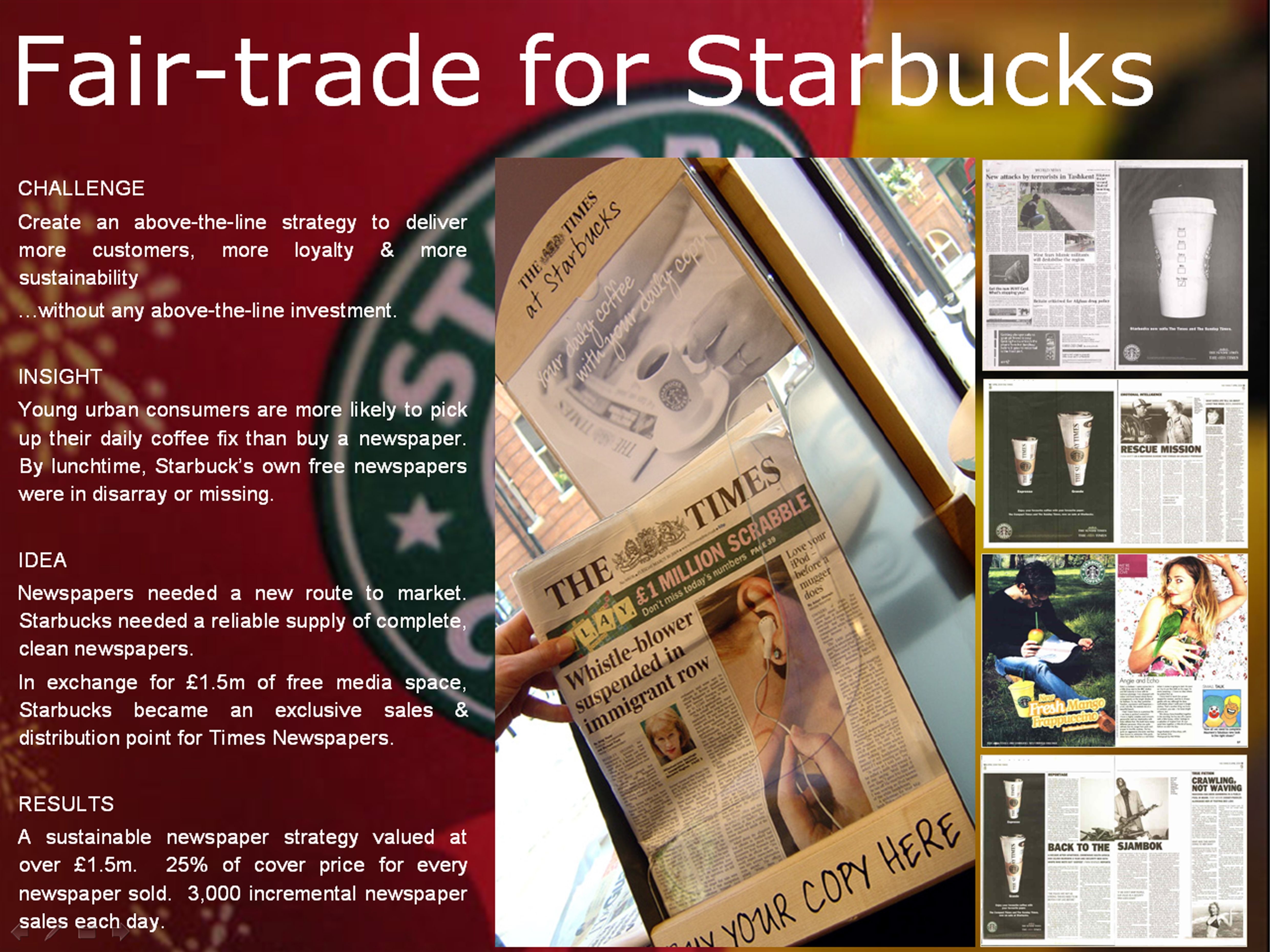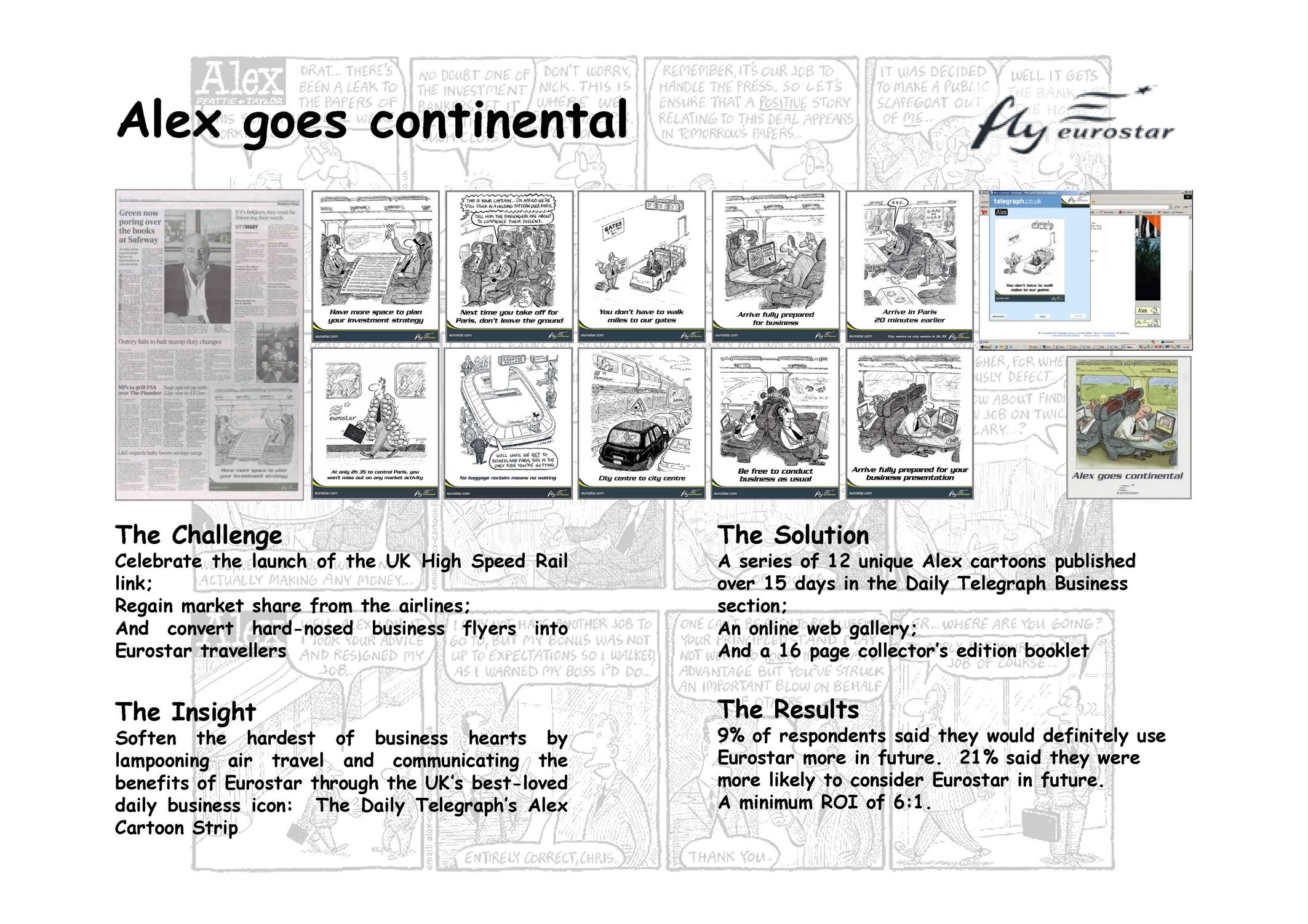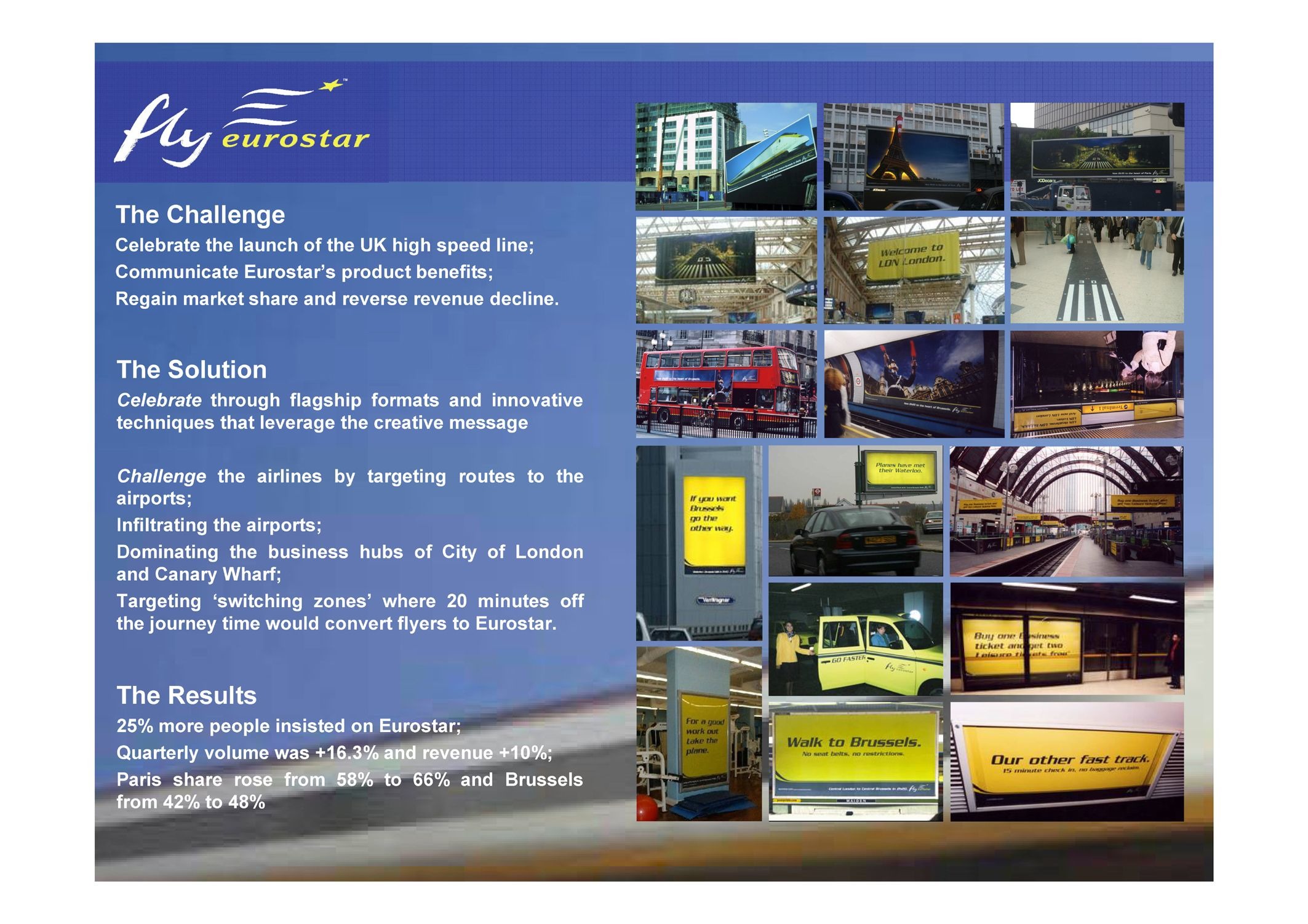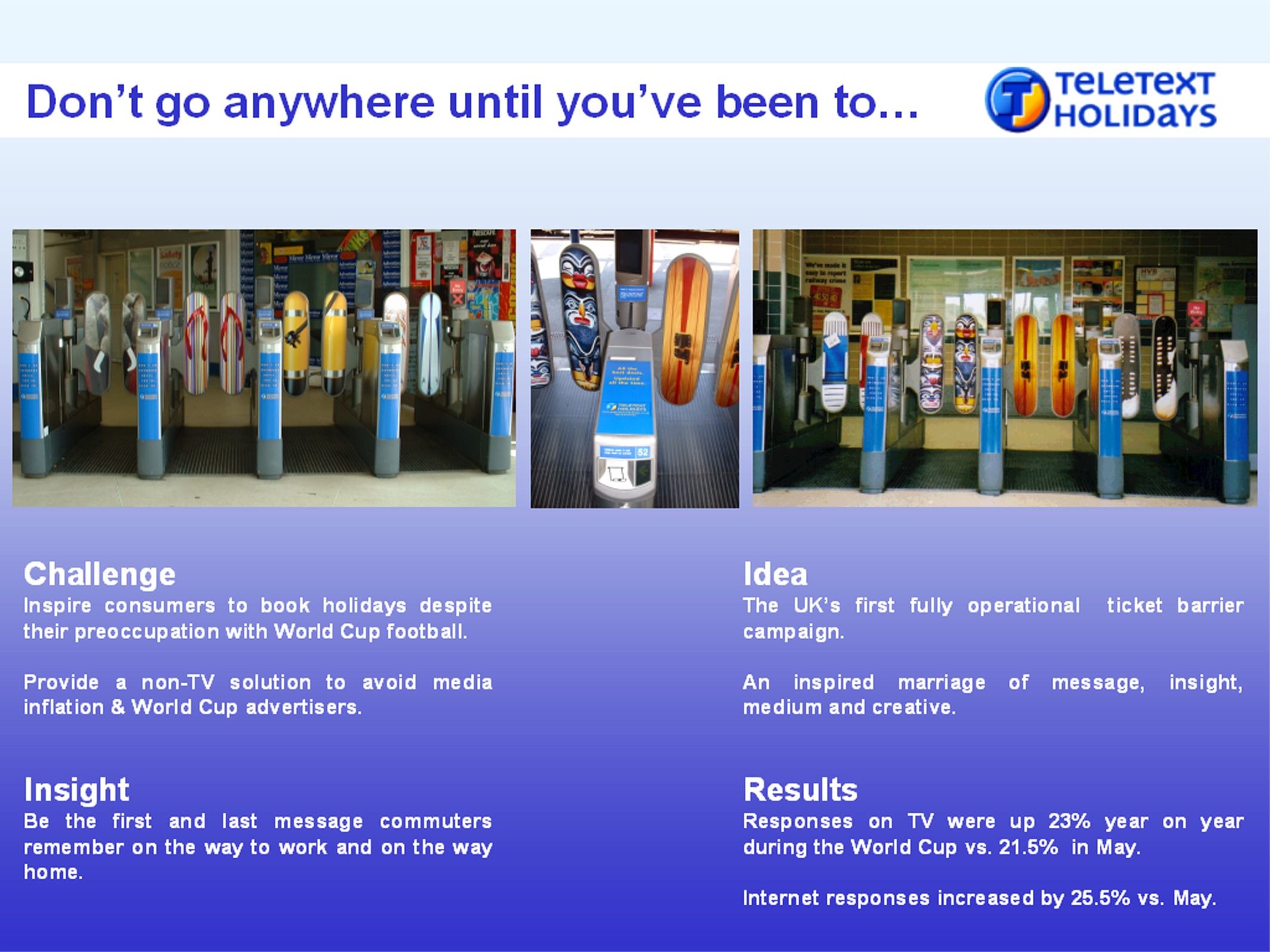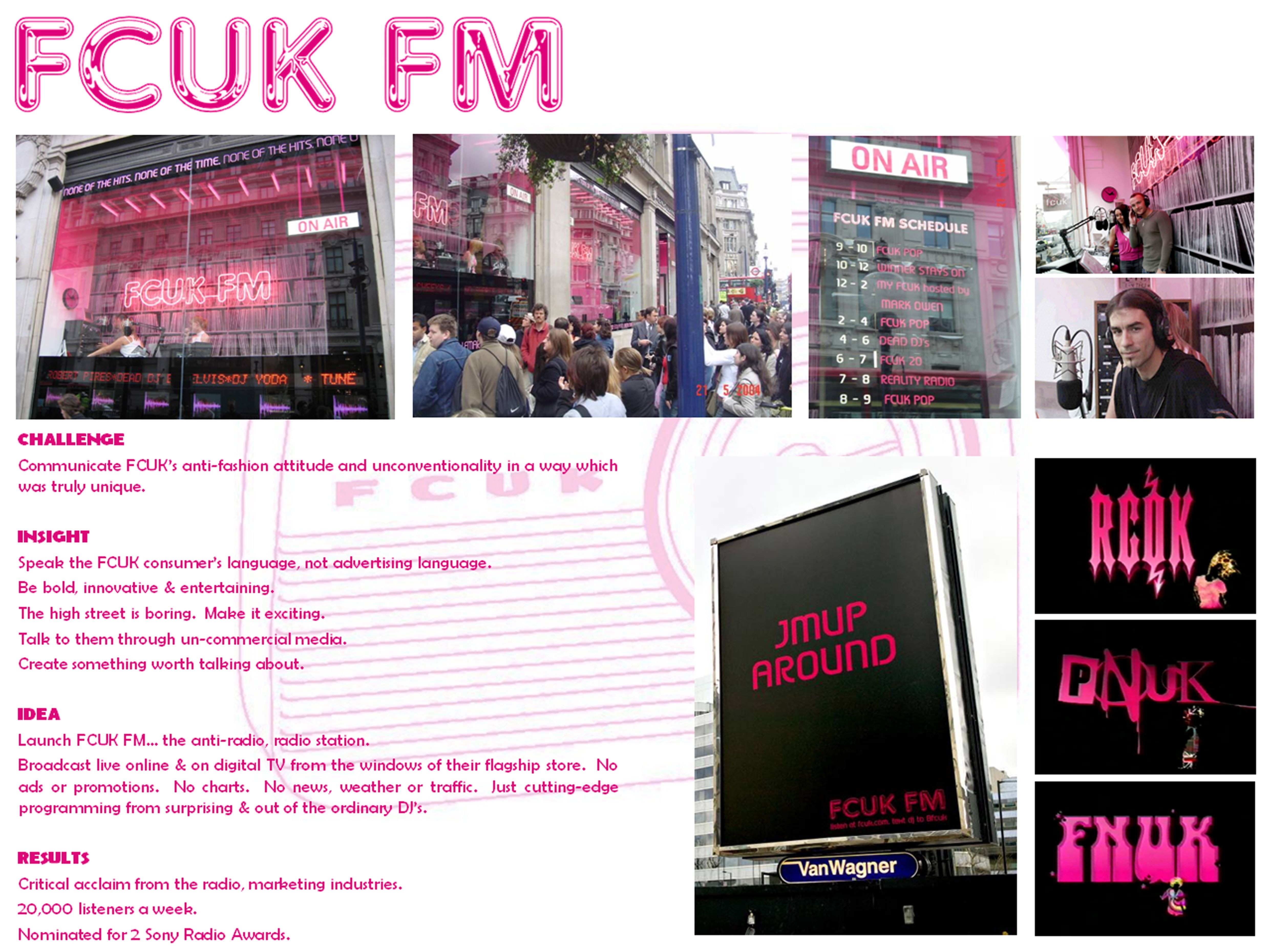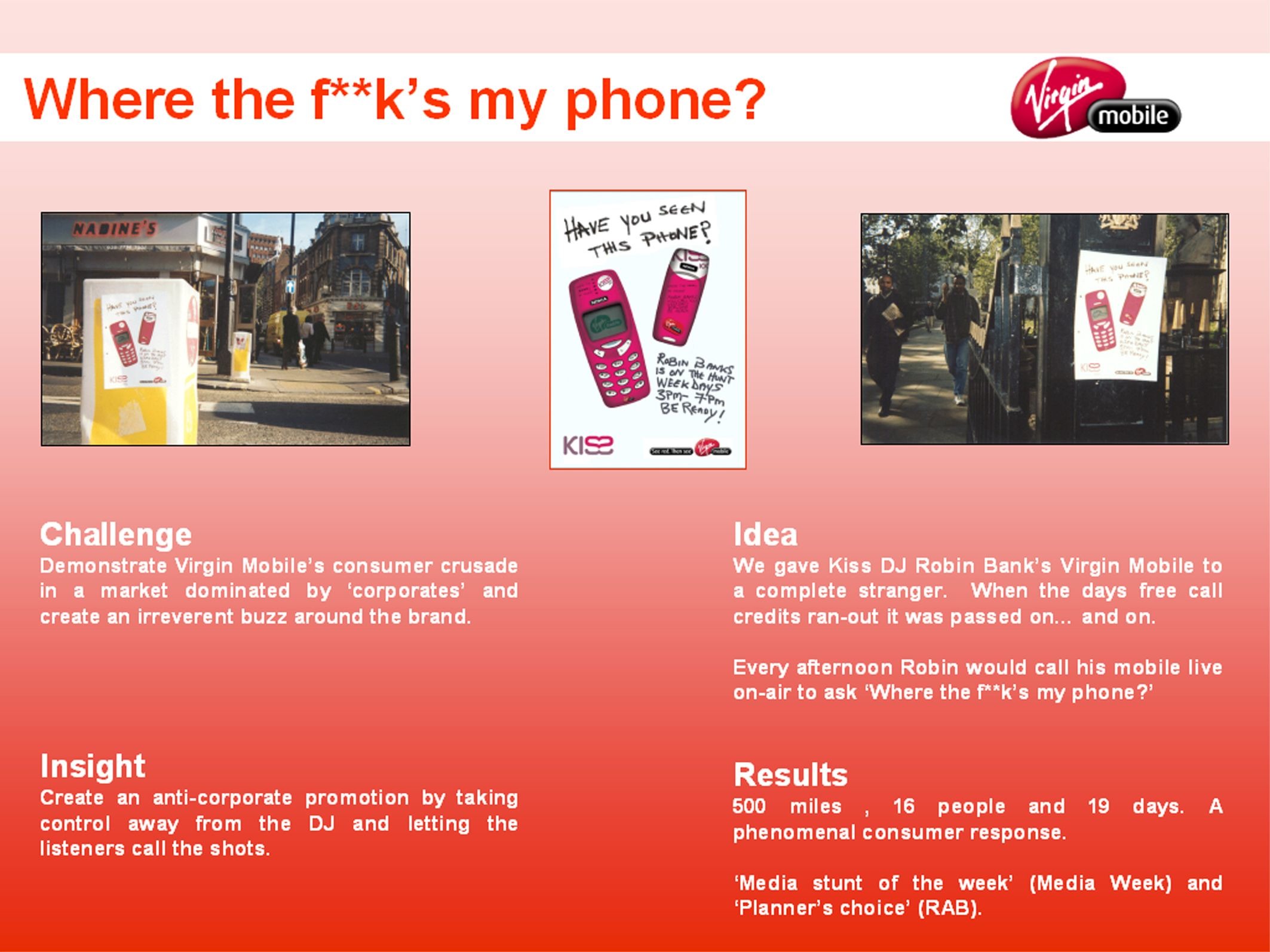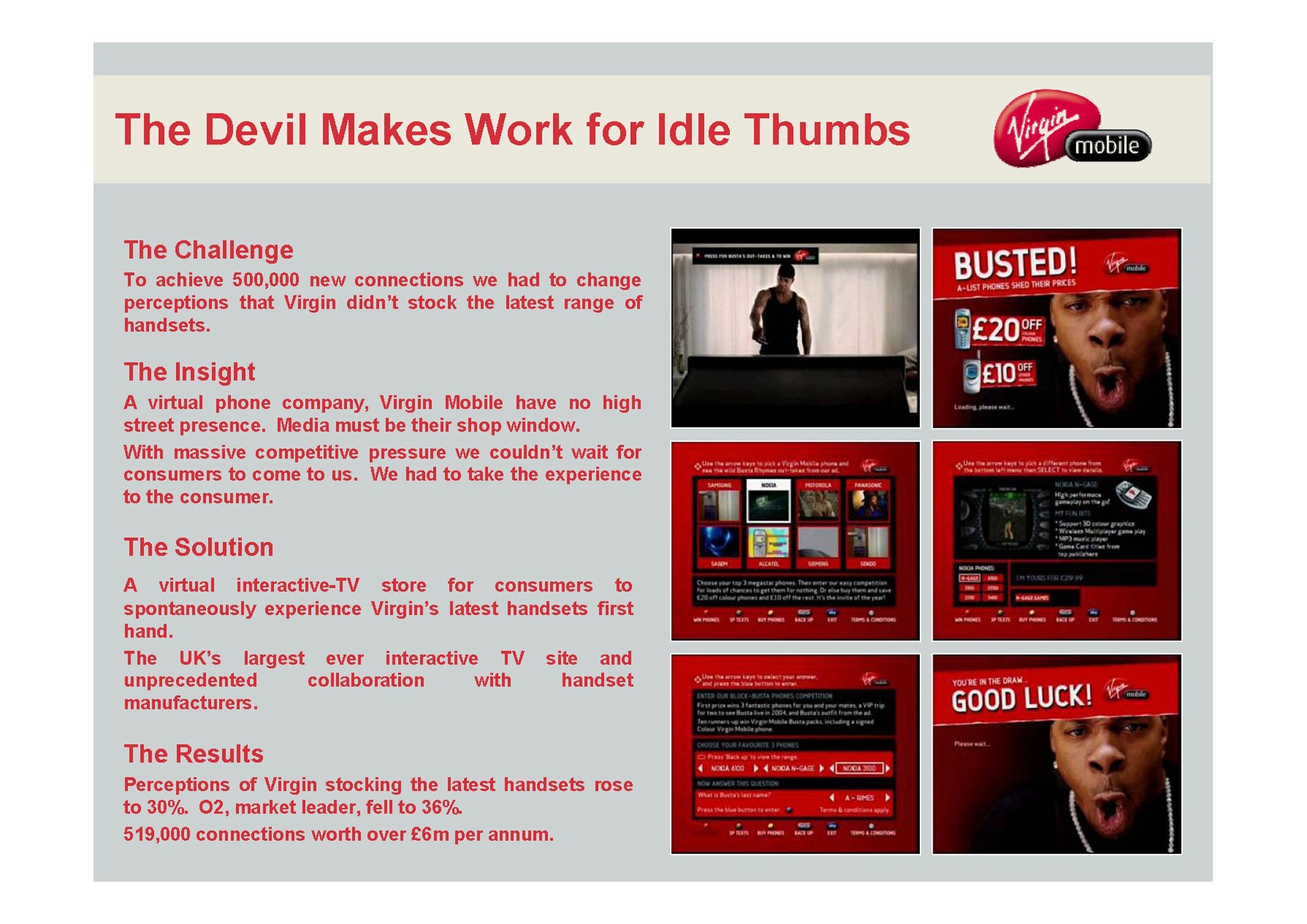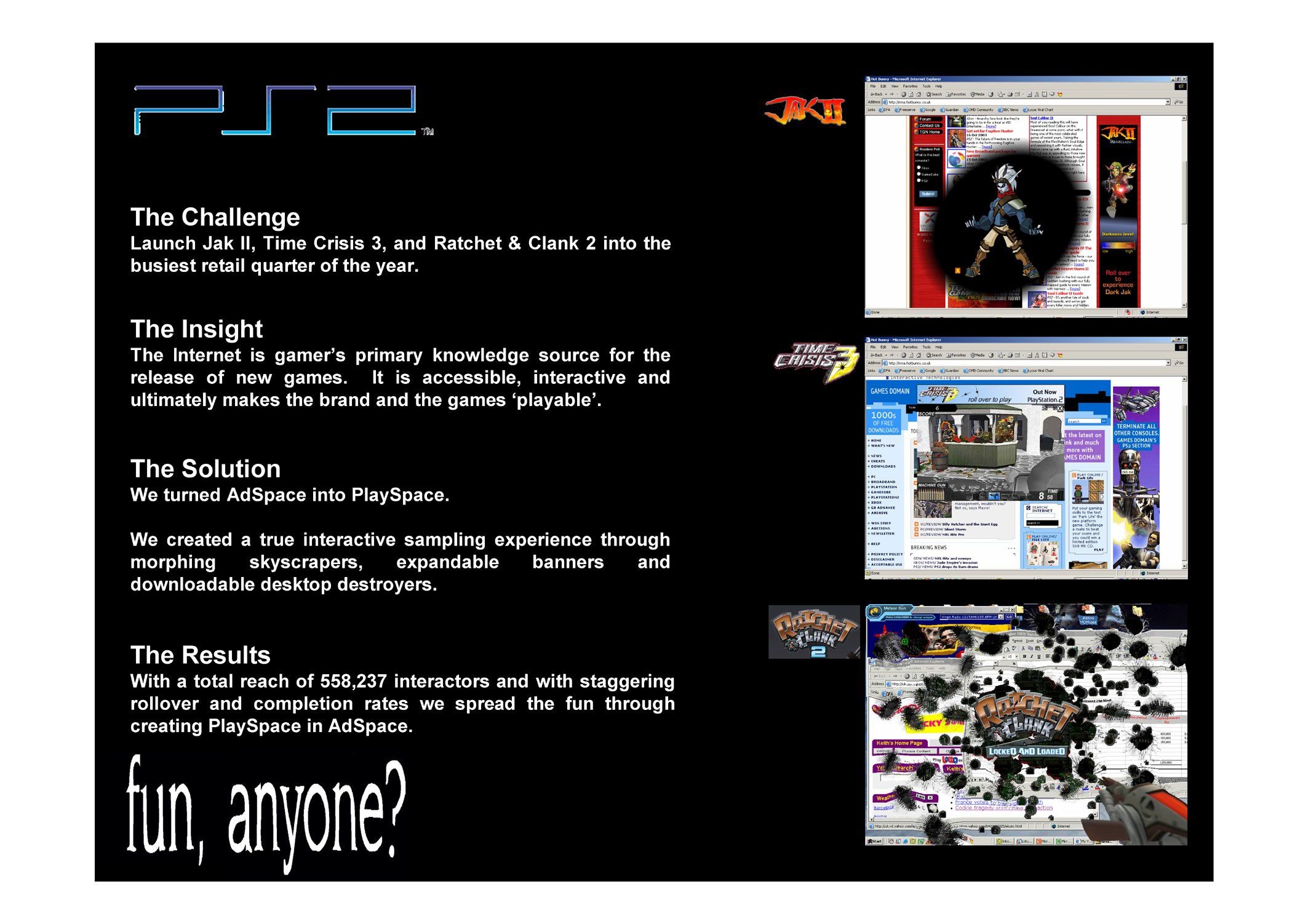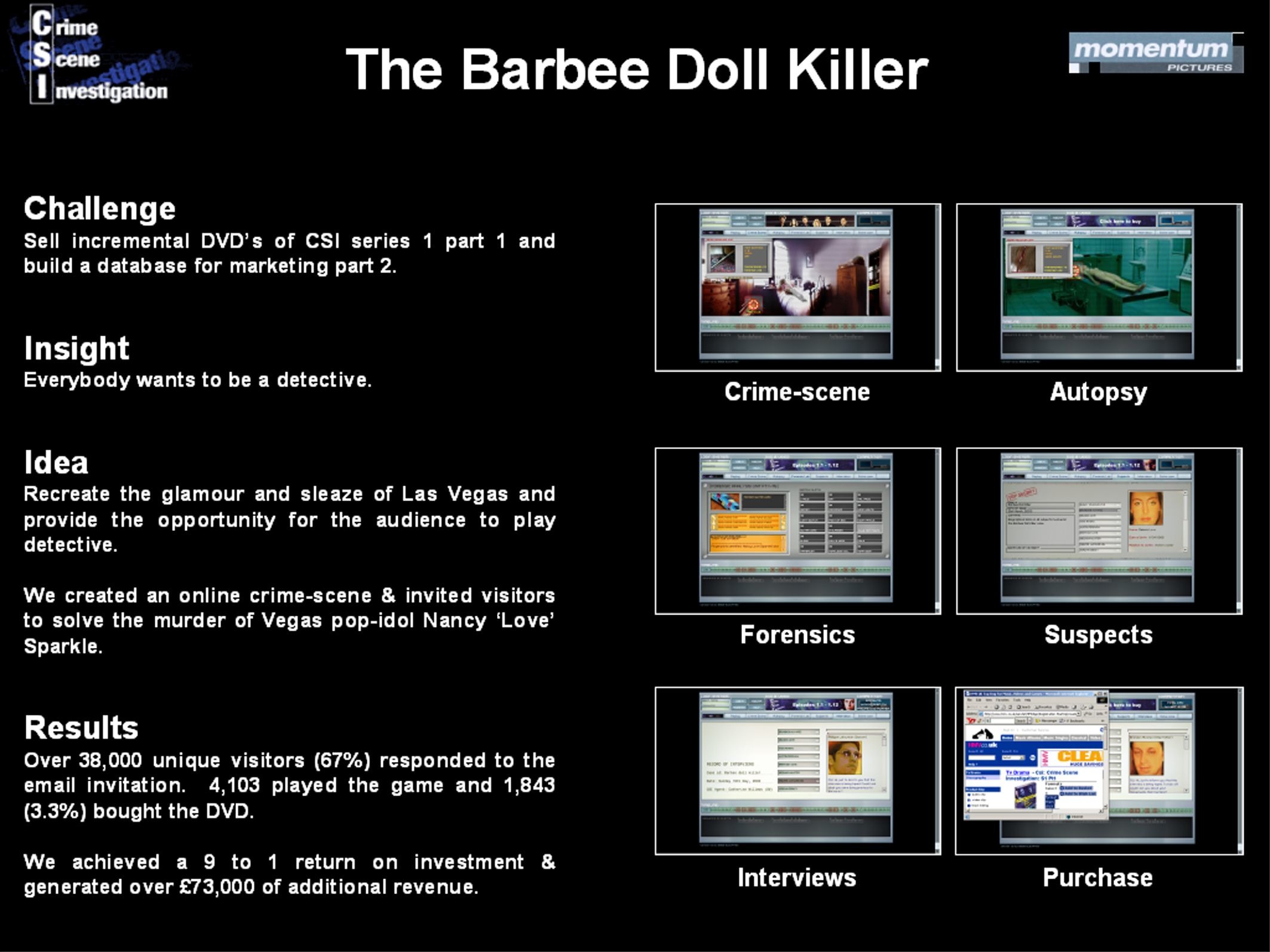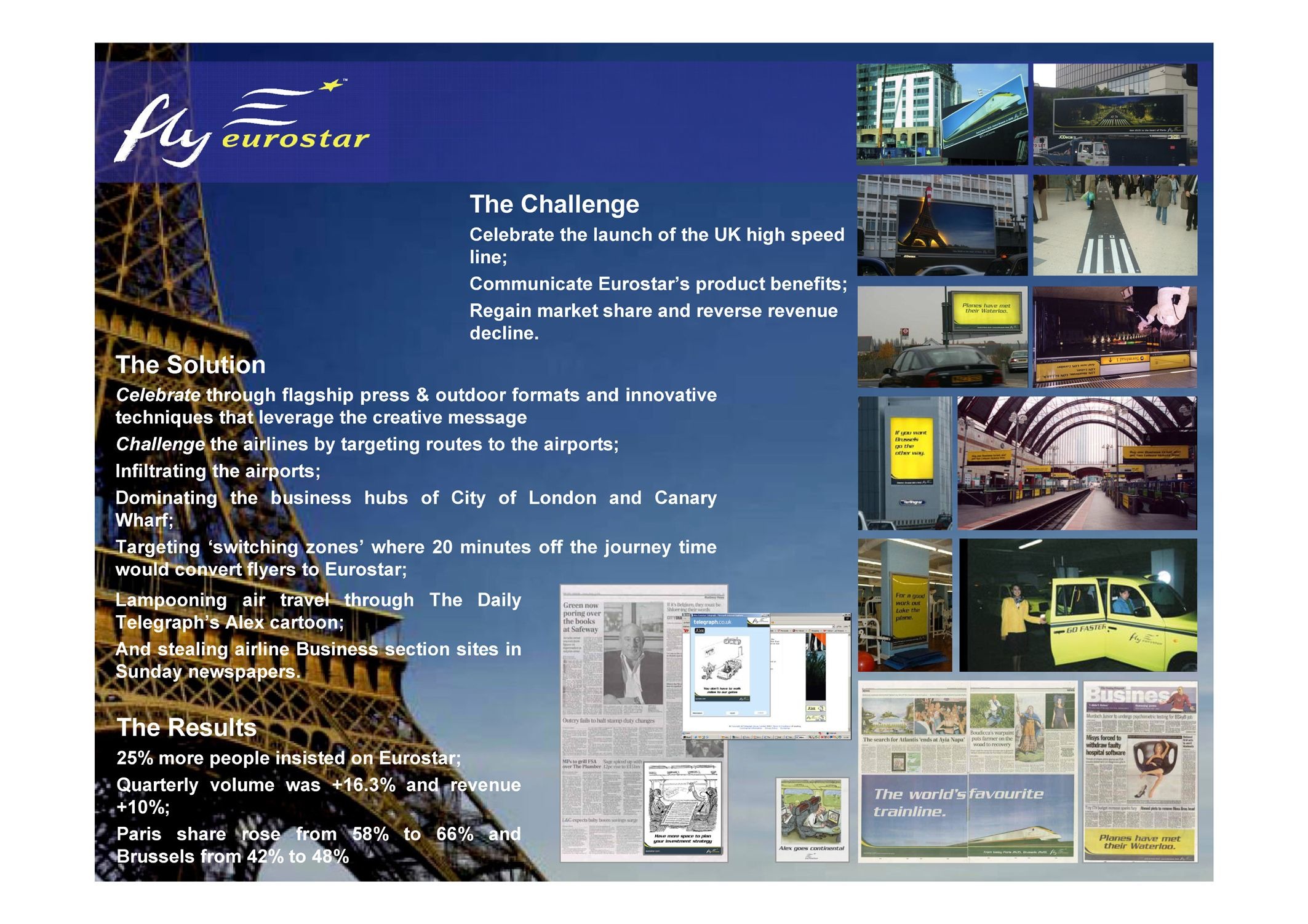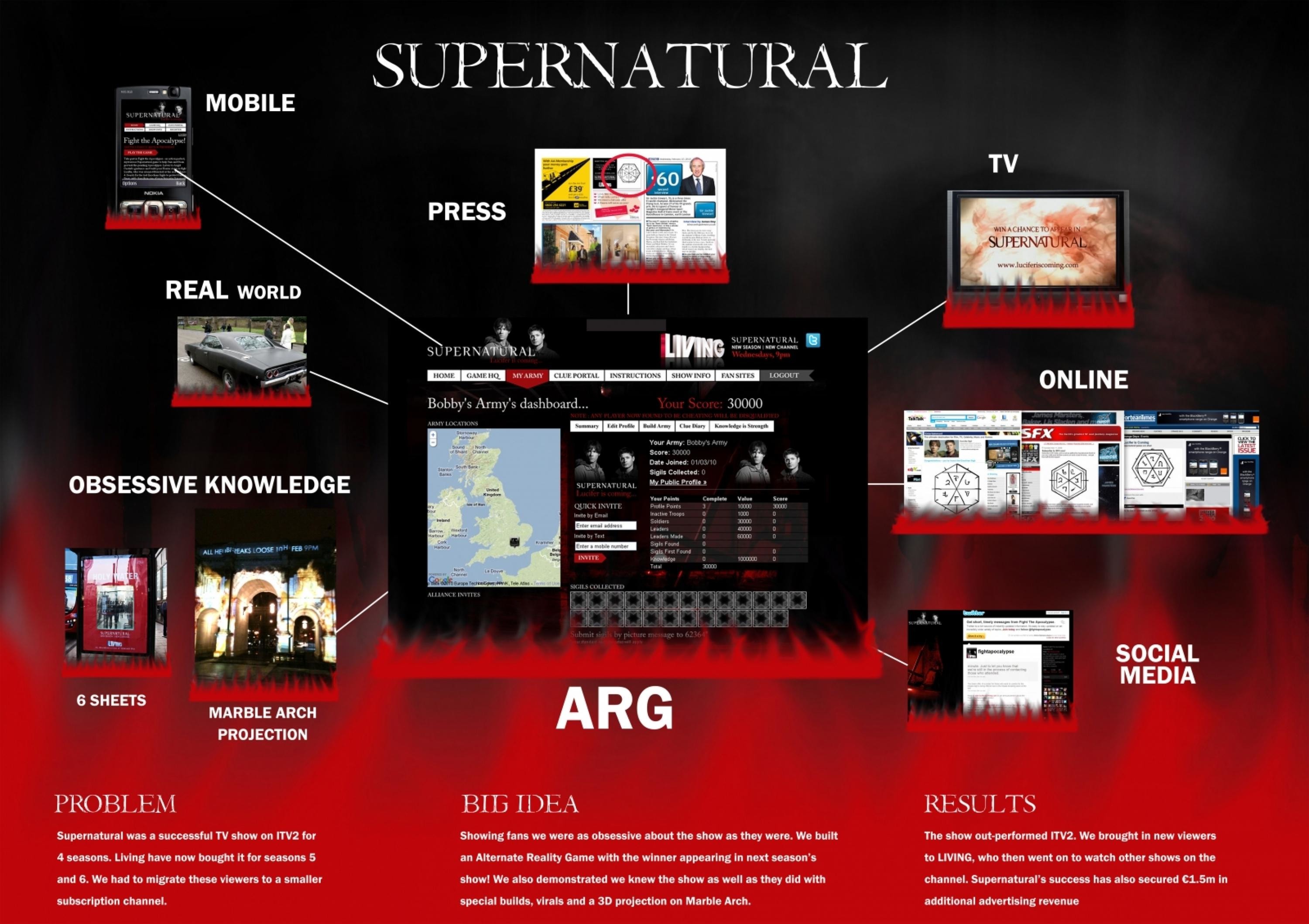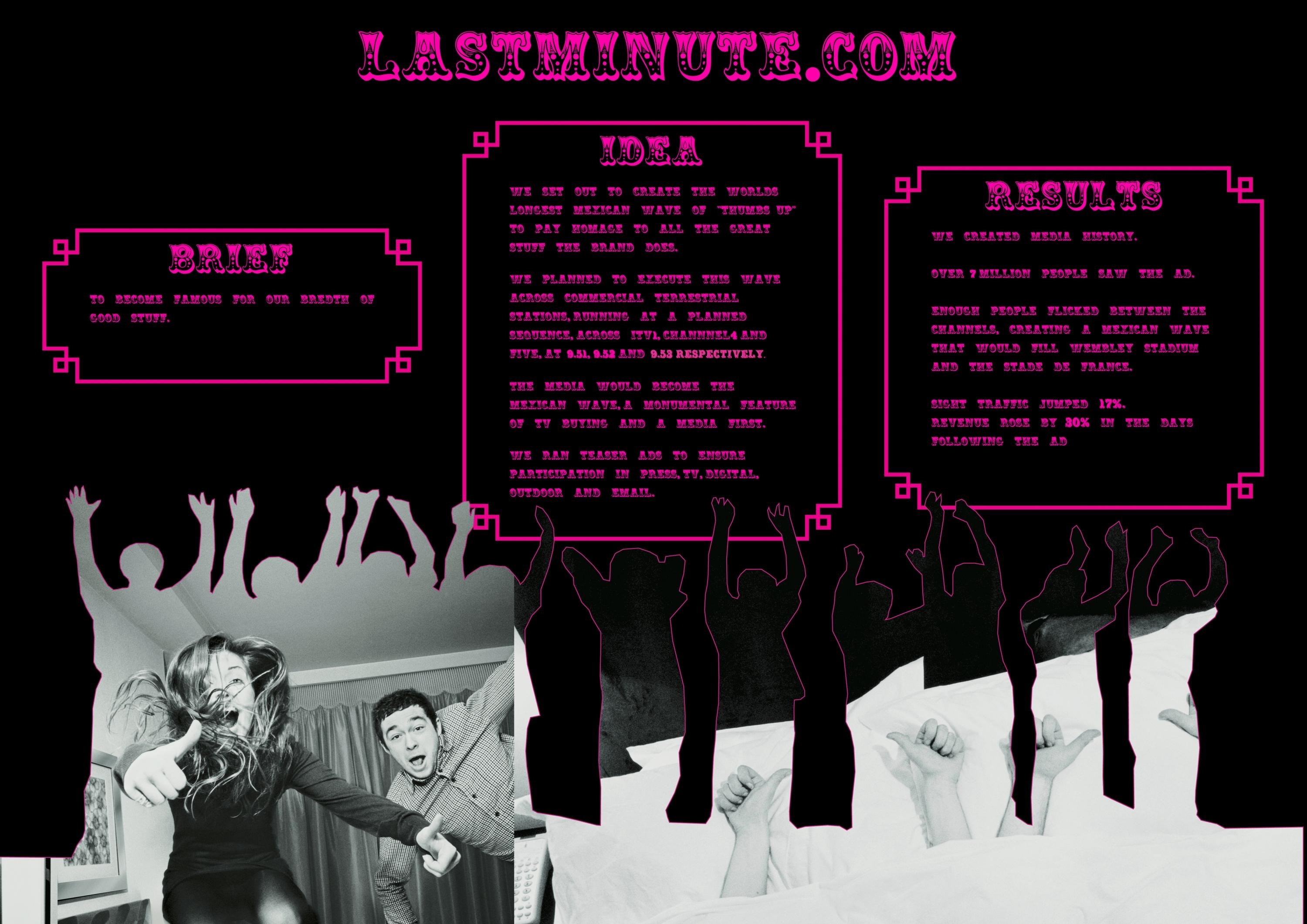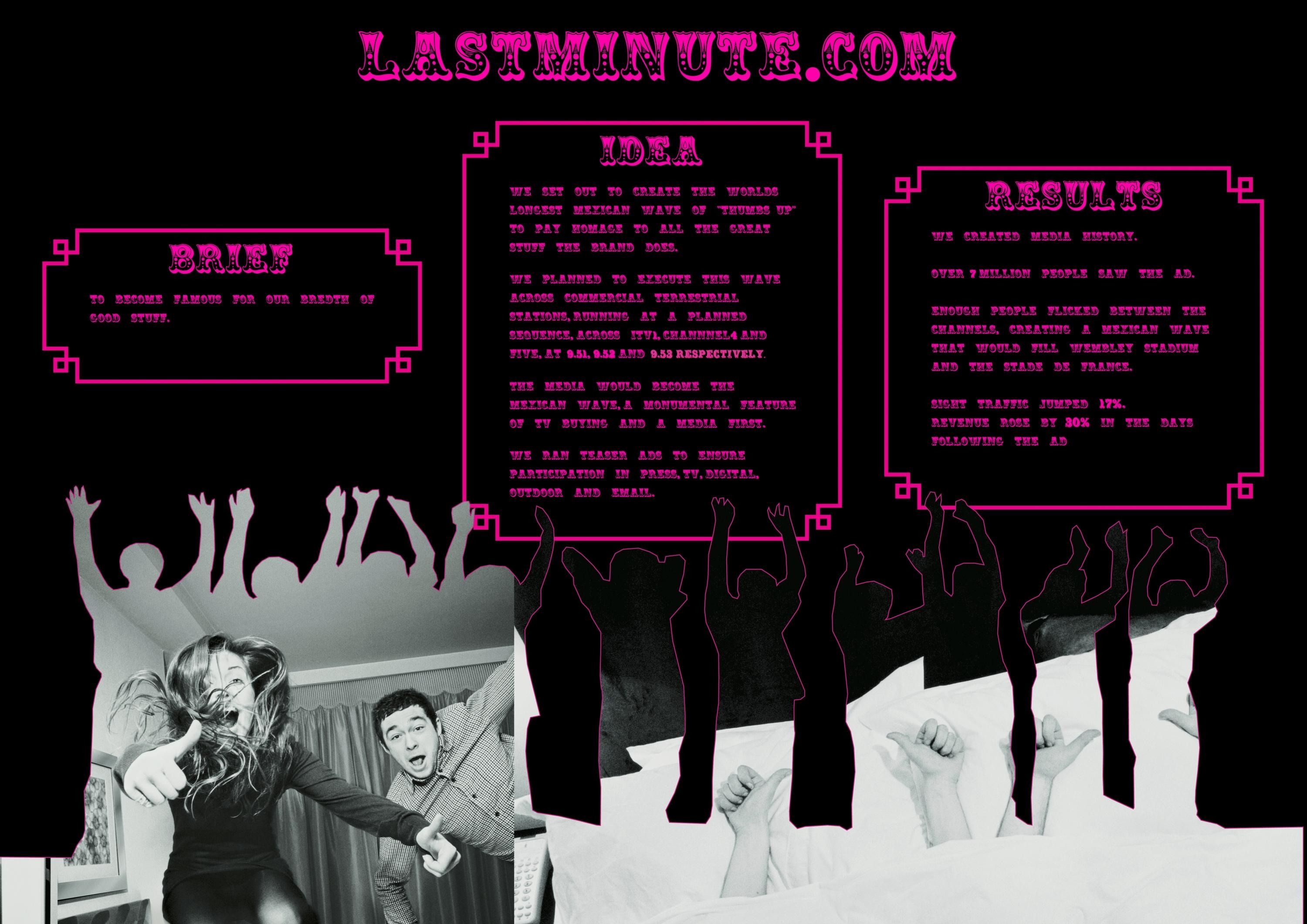Media > Media: Sectors
VIRGIN TRAINS LOVES DRIVER RAGE
MANNING GOTTLIEB OMD, London / VIRGIN / 2018
Awards:

Overview
Credits
Overview
CampaignDescription
Analysis on Google Maps allowed us to calculate that delays from London to Birmingham (M6) increase average journey times from two and a half hours to four hours on weekday peak times and just over three hours on weekends.
From London to Leeds (M1) we found the average journey time to be three and a half hours, increasing to five hours at midweek peak and four and a half on the weekend.
This analysis also showed us when people would be experiencing their worst delays and their worse car journeys.
These motorways can be a nightmare for drivers and we needed to capitalise on these moments of frustration.
We would target them one journey at a time. We would isolate our activity to the two routes which offered the best opportunity - Leeds and Birmingham - because they ran along two of the worst motorways in Britain.
Execution
Our ambition was to adapt our radio copy in real time as people drove along the motorways - stuck in traffic jams – getting a different message relevant to their location. The problem is, radio is sold by TV region, making that practically impossible.
So, we broke the region up based on individual radio transmitters – eight in total – and created 64 new transmission micro regions along the motorway. No-one has ever planned, bought and created copy for radio like that before.
We then delivered bespoke copy for each 10-30km stretch of the motorway, based on time of day, day of week and around traffic blackspots. Finally, we used live Google Maps data to plan our OOH campaign. We set a threshold based on the average speed of historic traffic, and our OOH was triggered only when it was 15% below that threshold.
Outcome
Shifting our strategy to targeting traffic jam ‘hell spots’ lead to significant improvements across every key metric:
Over the course of the campaign consideration for the train increased along both routes; the M6 (Virgin Trains’ London to Birmingham) route rose from 73% to 82%, while the M1 (Virgin Trains’ London to Leeds route) went from 76% to 83%.
Both the M6 and M1 routes saw a YoY increase in both journeys (+6.8% and +1.7% respectively) and revenue (+4.4% and 3.9%).
Radio delivered an ROI of 15:1 and OOH delivered an ROI of 5:1, giving the campaign the highest ROI of any Virgin Trains campaign on record.
Relevancy
We all know that traditional media channels have been disrupted by a range of new digital and tech opportunities. For a while it seemed as though traditional media would be in long-term decline, but the most innovative campaigns are now utilising digital and tech to unlock genuinely new ways of using ‘old’ media.
The Virgin Trains campaign is relevant for the media category as it took two traditional media channels (Radio and OOH) and used data and tech to redefine what was possible in the implementation of campaigns. Delivering contextual media at the moments of maximum impact.
Strategy
Virgin Trains had historically targeted people in moments of positive mindset (feel-good programming and editorial, at the cinema, etc.) with messaging about how great the Virgin Trains experience is.
This approach was radically different. We wanted to create a media plan that targeted people when they hated their cars – in the worst traffic jams!
Radio and OOH were obvious choices as they still represent the only channels consumed whilst driving. What was less obvious was how we were going to sync our message with the perfect ‘traffic jam’ moment.
It was relatively easy to use Google’s traffic data to isolate the worst places, days of the week and times of day when delays were most likely. This gave us our broad ‘hell spots’ along the M1 and M6.
The question was then – how do we target media against these ‘traffic jams’?
Synopsis
In the UK the car is the most popular mode of transport - regardless of your age, gender or income.
Virgin trains want people to travel by train, but the key routes of Birmingham and Manchester were in decline, so we needed to reverse this, converting people from their cars to trains, one journey at a time.
Motorway use has risen 16% since 2000. The highest of any road ‘type’ despite the fact that a third of car journeys are now blighted by roadworks and delays.
Official reports show that the M1 is Britain’s most frustrating motorway, closely followed by the M6, both of which cover the same journey as Virgin Train’s Leeds and Birmingham routes.
Motorway drivers were stuck in traffic on these busy stretches of motorway every day while the train was whizzing past them on the same route.
More Entries from Travel in Media
24 items
More Entries from MANNING GOTTLIEB OMD
24 items

